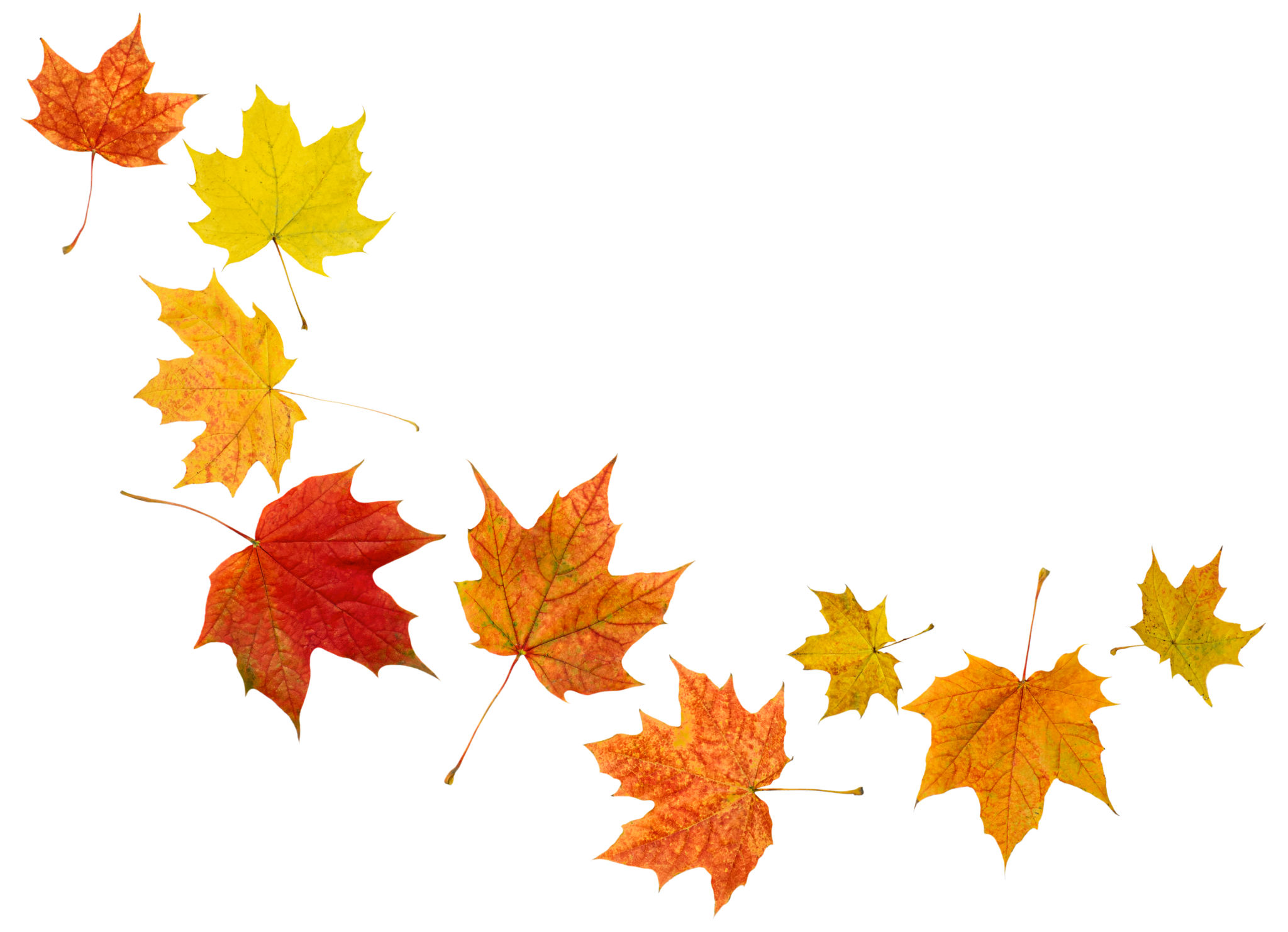How Seasonal Changes Affect Tree Health in Mills River, NC
Introduction to Tree Health and Seasonal Changes
In Mills River, NC, the beauty of the changing seasons is evident in the vibrant foliage and dynamic landscapes. However, these seasonal shifts can significantly impact the health of local trees. Understanding how trees respond to these changes is crucial for maintaining their health and longevity.
Each season brings its own set of challenges and benefits to tree health. From the cold dormancy of winter to the growth spurts of spring, trees undergo a fascinating transformation throughout the year. Recognizing these changes can help residents and arborists take proactive measures to support tree health.

Winter: Dormancy and Protection
During the winter months, trees in Mills River enter a state of dormancy. This period is essential as it allows trees to conserve energy and prepare for the growth to come. The cold weather slows down metabolic processes, leading to a temporary halt in growth.
Winter also poses risks such as frost damage and dehydration due to frozen ground. To protect trees, it's important to ensure they are well-hydrated before the ground freezes and to consider using mulch to insulate the roots. Keeping an eye on young or recently planted trees is especially crucial during this season.
Spring: Renewal and Growth
As temperatures rise and daylight increases, spring marks a period of renewal and vigorous growth for trees. This season is characterized by budding leaves, flowering, and the expansion of root and branch systems. Trees actively absorb nutrients and water from the soil, fueling their development.
However, spring also brings challenges such as pest infestations and fungal diseases that thrive in the warming temperatures. Regular inspections and timely interventions, such as pruning dead branches and applying appropriate treatments, can help manage these threats effectively.

Summer: Sustenance and Stress
In the summer, trees continue their growth but must also withstand increased stress from heat and potential drought conditions. The long sunny days are ideal for photosynthesis, but they can also lead to water deficits if not managed properly.
Watering trees deeply during dry spells is crucial to prevent dehydration. Mulching can again play a vital role by retaining soil moisture and regulating temperature around the roots. Additionally, monitoring for signs of stress like wilting leaves or yellowing can help address issues before they escalate.
Autumn: Preparation for Dormancy
Autumn is a time of preparation as trees transition back into dormancy. The spectacular display of fall foliage occurs as trees begin to reabsorb nutrients from their leaves, conserving resources for the winter.
During this period, it's beneficial to continue with maintenance practices such as removing fallen leaves that could harbor diseases or pests over winter.

Conclusion: Year-Round Care
The seasonal changes in Mills River present both opportunities and challenges for tree health. By understanding these dynamics, residents can better care for their trees throughout the year. Regular maintenance, timely interventions, and an awareness of environmental conditions are key to supporting healthy and thriving trees.
Whether it’s protecting roots in winter or ensuring adequate hydration during summer, each season requires specific strategies. By following these guidelines, homeowners can contribute to the sustainability and beauty of Mills River’s natural landscape.